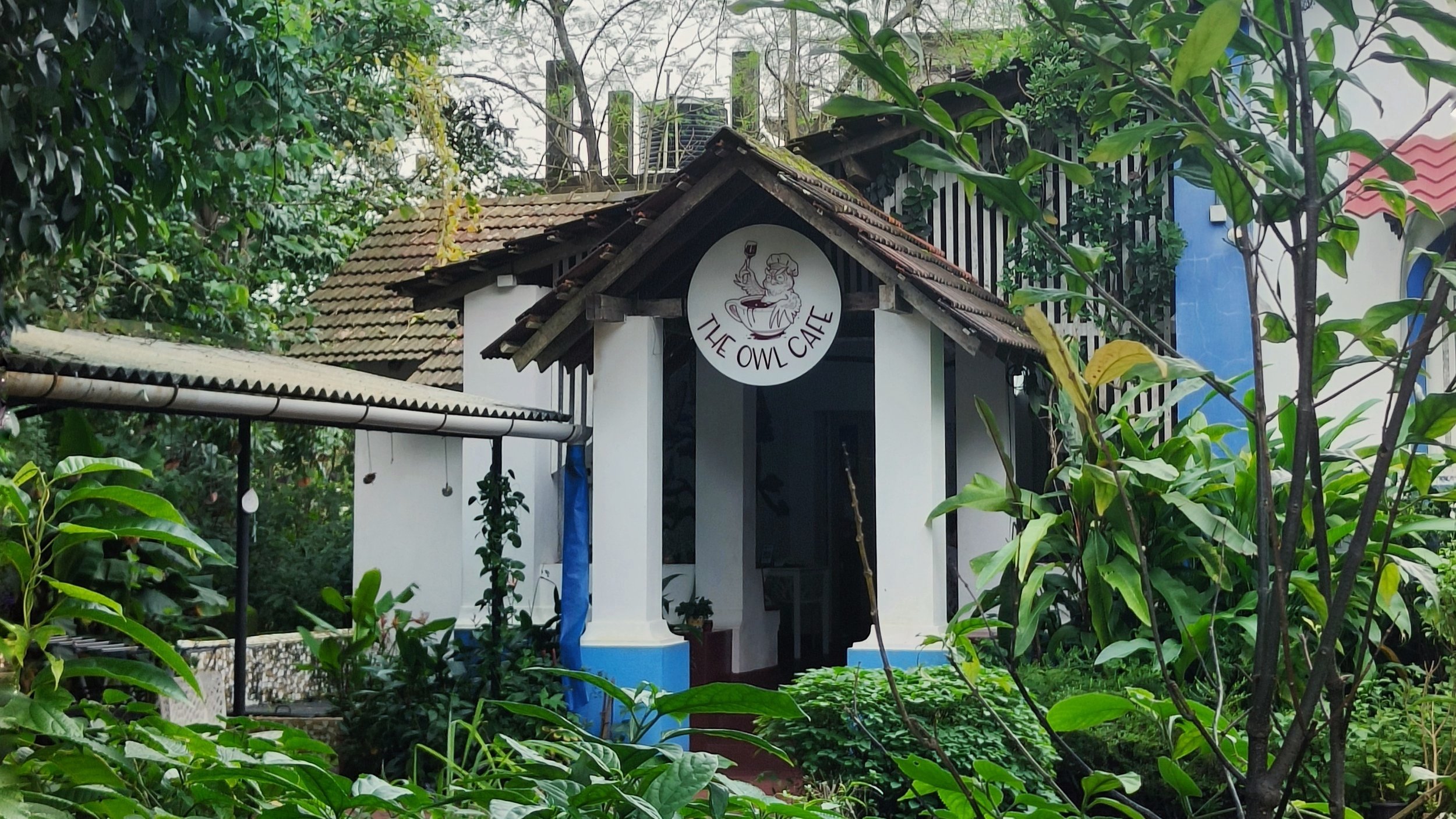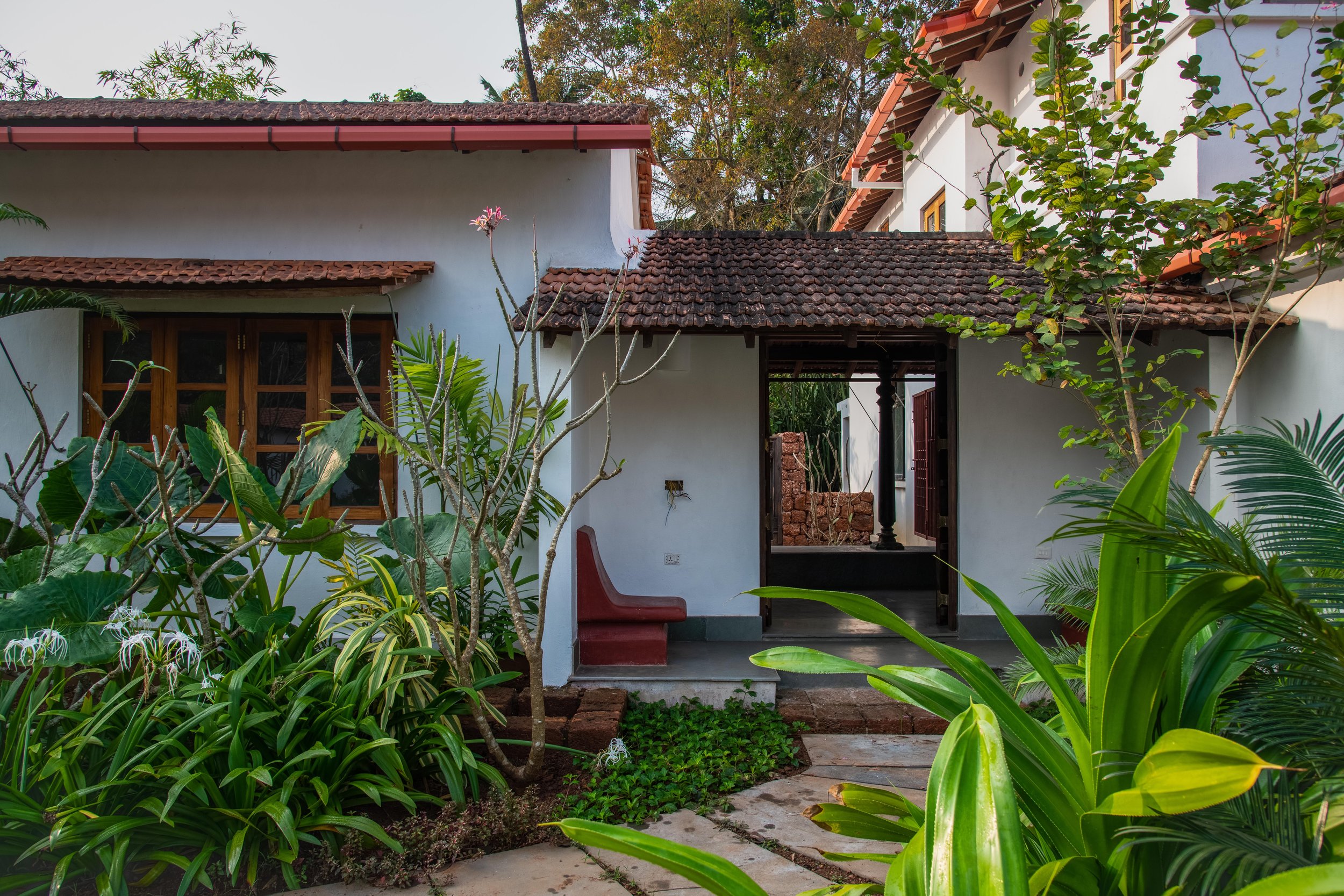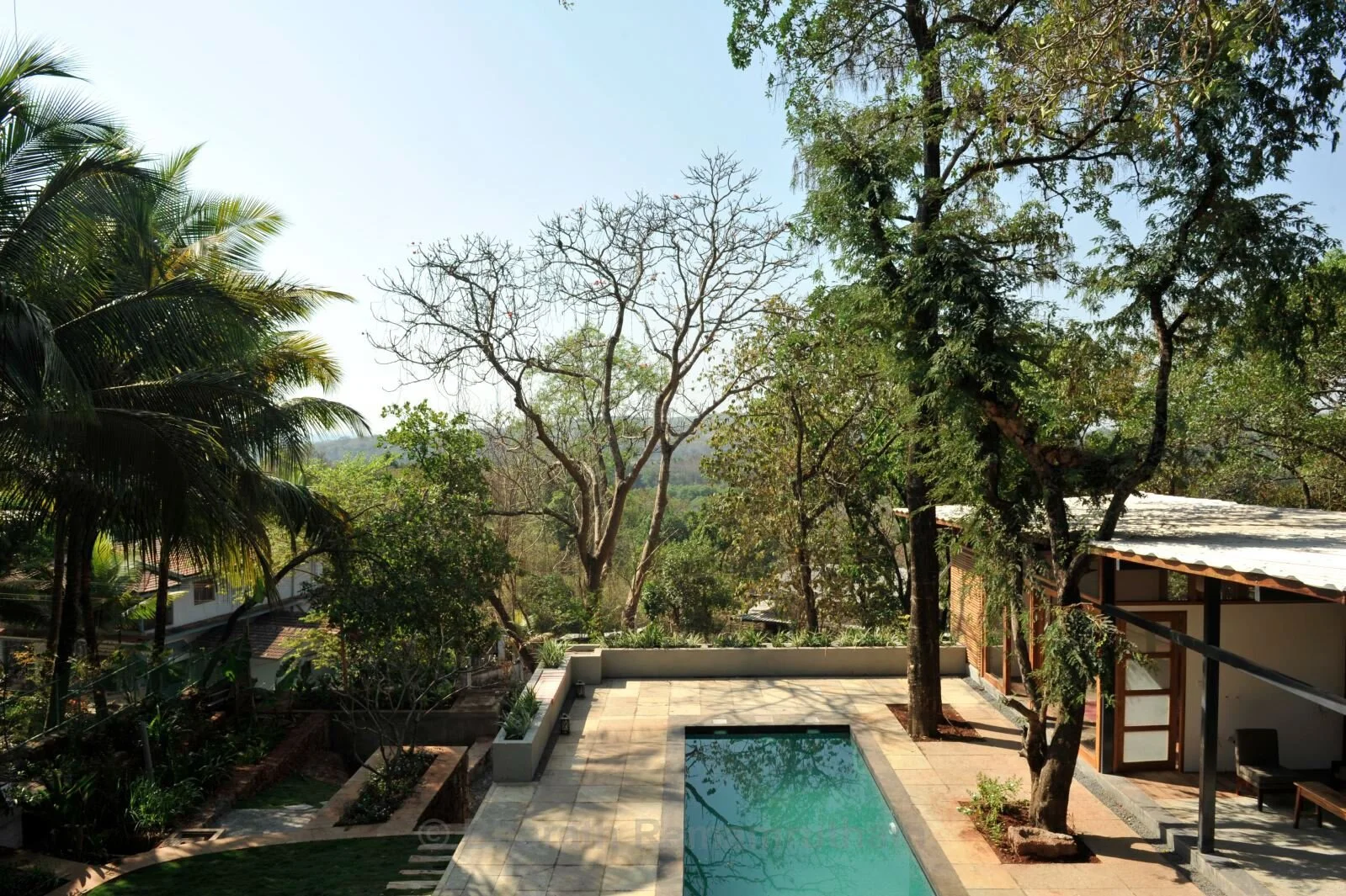Life in Goa has a laid-back, luxurious simplicity that is hard to come by in most of our cities today. People who move here are typically looking to leave the rat race behind in pursuit of a slower lifestyle that offers infinite and diverse opportunities to live in harmony with the land, to embrace the local culture, to enjoy the natural abundance as well as savour the bounties brought by changing seasons.
While Goa is a small state, each of its neighbourhoods offer different and unique living experiences. For anyone who is considering moving to Goa or buying a house in Goa, here is a detailed analysis of what one can expect from the neighbourhoods of North Goa.
PANJIM & ITS SURROUNDINGS
Image sourced from The Culture Trip.
PROS:
As the capital city, Panjim is extremely well connected and relatively easier to access. It is a quaint and small town that bridges the old and the new - it offers modern residential amenities while also retaining historic neighbourhoods such as Fountainhas. Panjim, is at its core, a residential area primarily and therefore also has a robust presence of schools around. It is also close to the beach stretches of Miramar, Caranzalem, and Dona Paula.
CONS:
It may not be easy to get a large, spacious house with a backyard in Panjim. The houses available are largely present in apartments and the availability of outdoor space within a plot is hard to come by.
ALDONA, MOIRA & POMBURPA
Image sourced from Tripoto.com
PROS:
Located to the east of the highway, these are quaint villages in North Goa that are positioned at a distance from the beach belt and are therefore saved from Goa’s maddening tourist crowds. The villages offer a quiet lifestyle meant for people who want to coexist with locals and enjoy the real Goa. However, these areas have been gaining popularity over the last ten years as prime locations for countryside vacation homes. These areas typically contain vacation houses built by expats and Indians who live abroad.
CONS:
It is a bit of a trek to the beach from these areas. The closest beaches are about 40-45 minutes away. These areas are also sought after for their pristine and undisturbed natural habitats. Thus, one should expect to entertain the local flora and fauna in their home.
ASSAGAO & SIOLIM
Image sourced from Ghoomophiro.com
PROS:
These were traditionally well-to-do villages that today have some gorgeous and large heritage houses. These villages are closer in proximity to the beach belt and see a lot of local as well as tourist activity. The neighbourhood hosts multiple restaurants and stores of different kinds, so it is charged with buzz, life, and movement throughout the day.
CONS:
Unfortunately, the quintessential quietude of Goa is no longer to be found in these areas. Commercial activity has taken over and most parts of these villages are overbuilt in the name of development.
NERUL, BETHE & REIS MAGOS
Image sourced from Alvira-Ventures
PROS:
These are pictureque villages that are steeped in history. They are also strategically located. Positioned midway between the Candolim beach belt and Panjim, they make the beachside as well as the townside easily accessible.
CONS:
Gentrification has rapidly taken over these areas as well. It may be possible to get a beautiful row house in these areas, however, bigger houses and larger plots will not be easy to come by.
To compare North Goa and South Goa, visit our analysis here.
To know more about building a house in Goa, read our series: Designing a House in Goa























































































